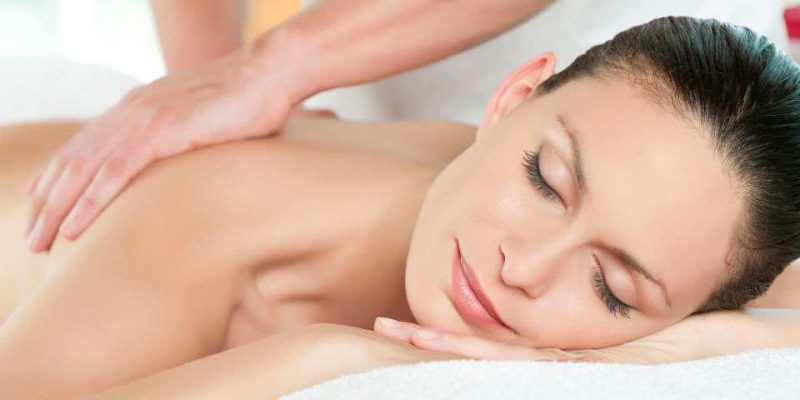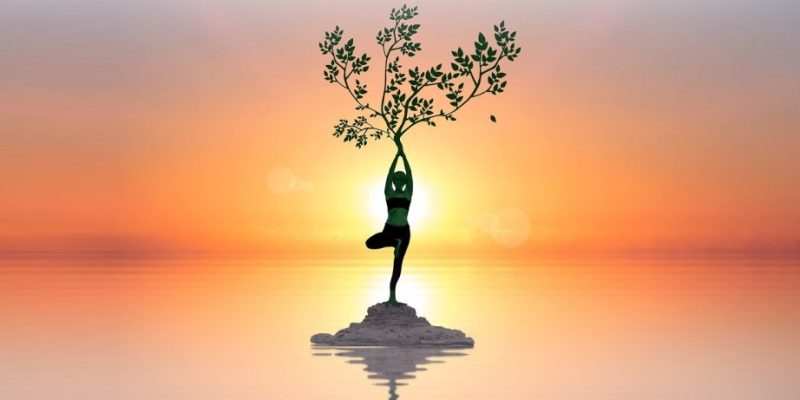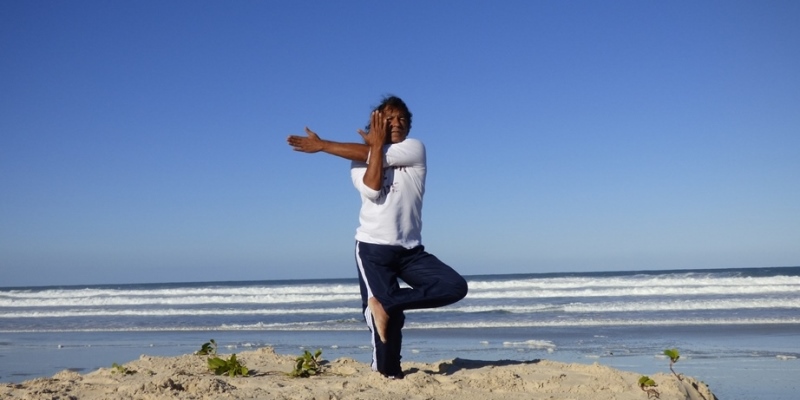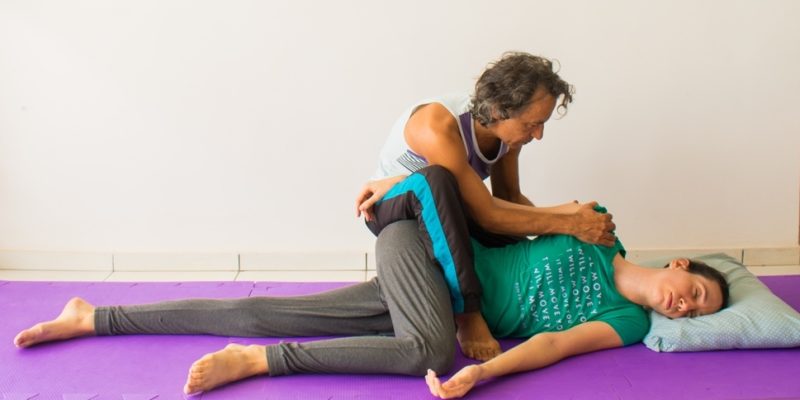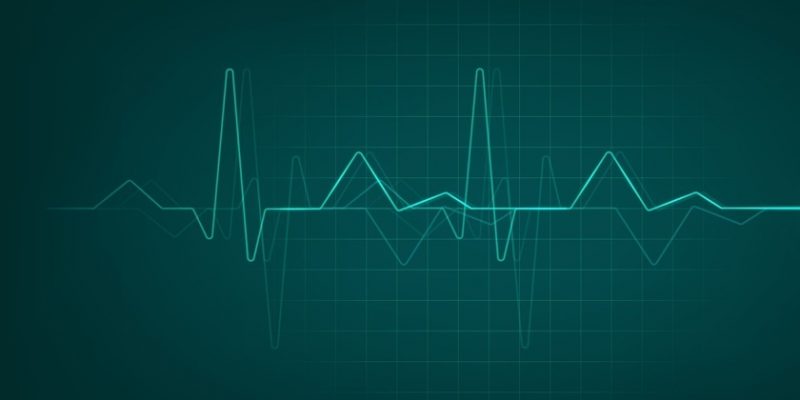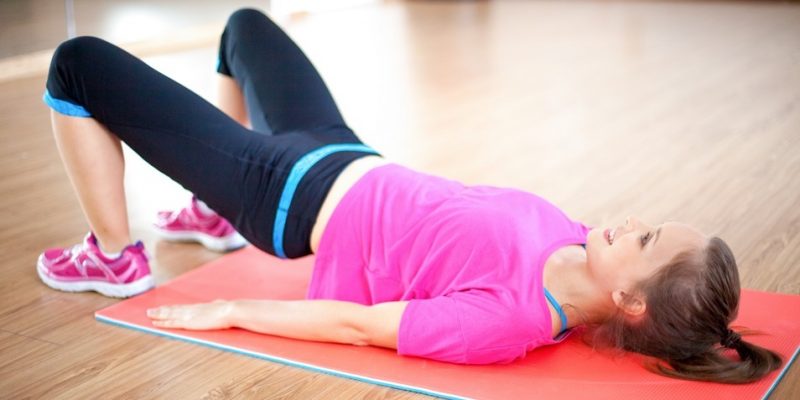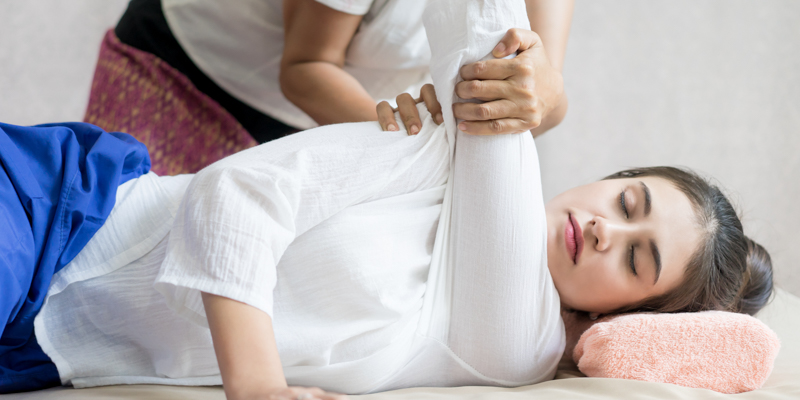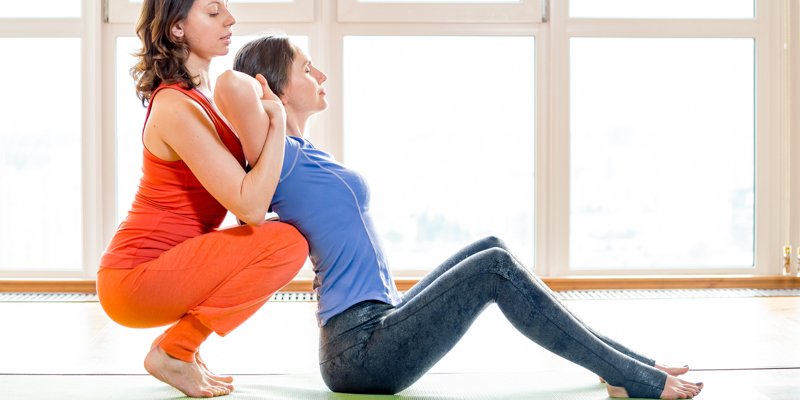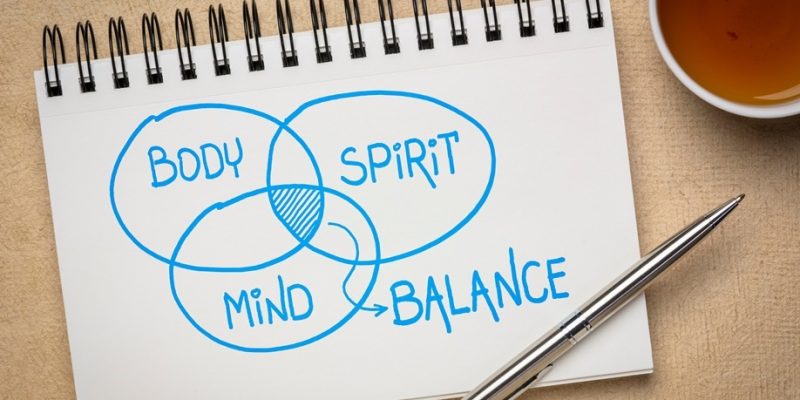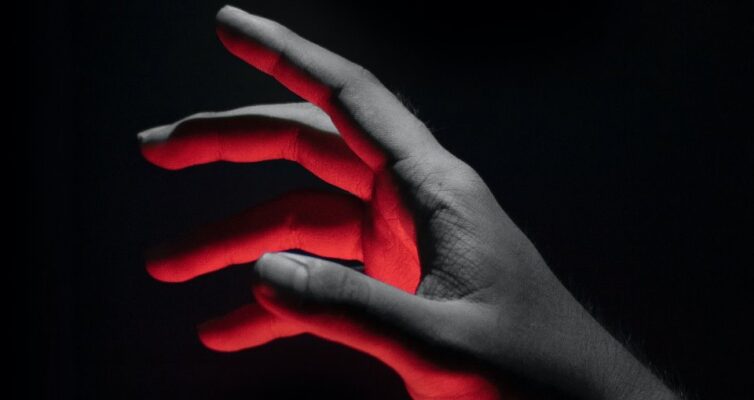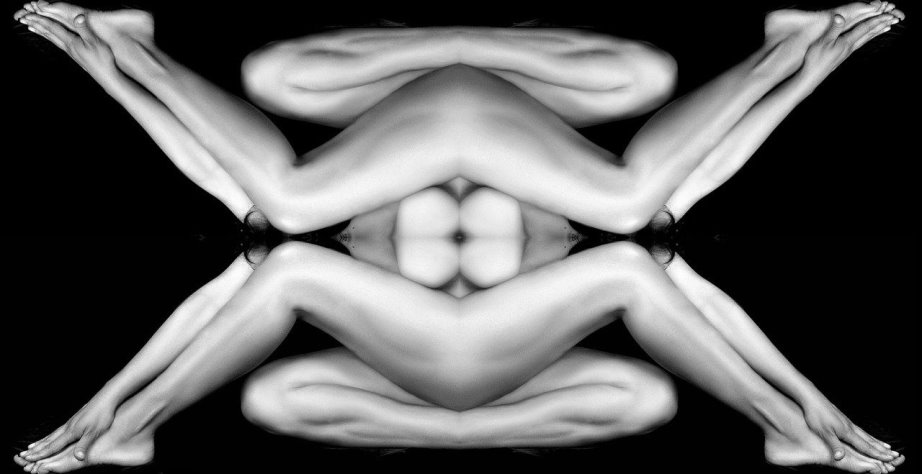
Body Symmetry Assessment (or Body Balance Assessment) in massage and bodywork therapy is predominantly about looking at the symmetry, that is the equilibrium and balance between the left and right side of the body of a client. This may give us information about possible cause(s) of the client’s complaints.
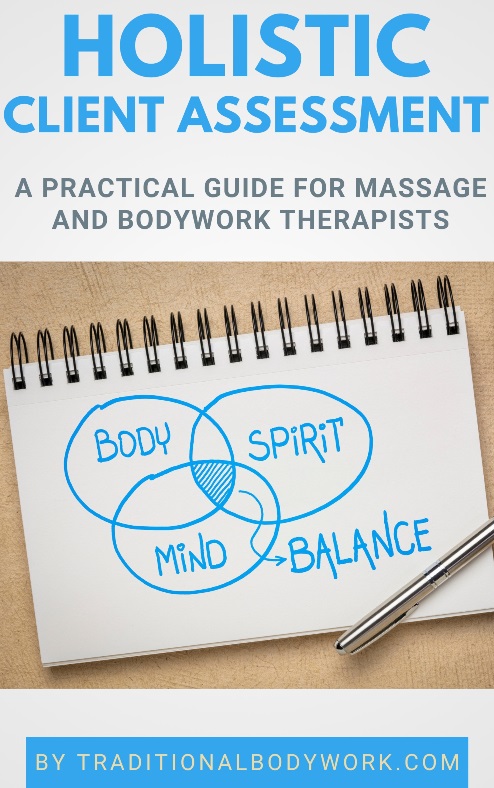
Mind that Body Balance Assessment is only one part of the broader paradigm and approach of Holistic Client Assessment in massage therapy and bodywork, which covers domains such as Intake Assessment, Psychosomatic Assessment, Whole-Body Assessment, Job and Lifestyle Assessment, and Body Talk Assessment, among others.
One of the ways of carrying out a Body Symmetry Assessment is to let your client lie down on a mat or mattress, on their back (supine position) with the arms (hand palms up) alongside their body and the legs stretched out with the feet about thirty centimeters distance from each other.
By the way, the client position mentioned above is often the starting point of a Thai Massage session in the supine position, but it’s likewise a famous pose (Asana) in Yoga called the Shavasana i.e. Corpse Pose or Mrtasana, which is considered one of the best poses for relaxation and for promoting calmness of mind (see the image here below).
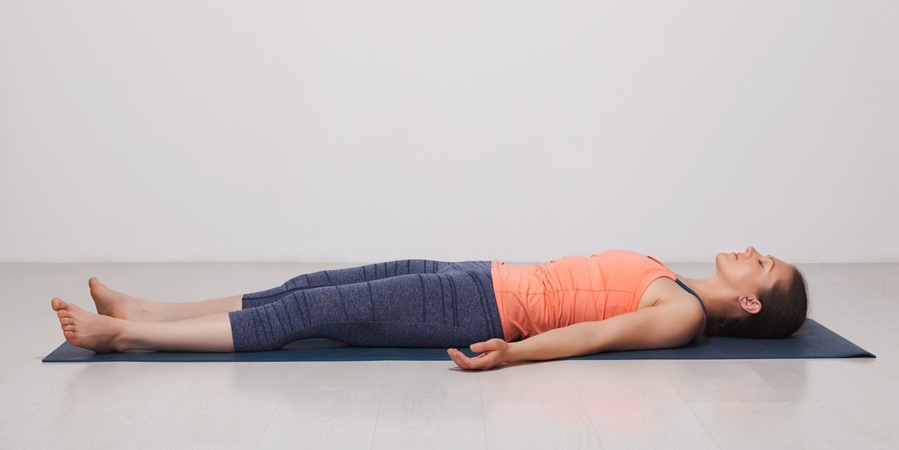
It’s important that the client relaxes their body and let it take in its natural position. Usually, the therapist can then quickly discern the differences between the right and left part of the body.
Discerning Muscle Tensions
Body imbalance can involve several things. For instance, we may see that the toes of one foot are closer to the ground than those from the other foot, that one hand doesn’t reach the floor or one leg isn’t fully stretched out, that one thigh is lifted higher off the ground than the other, or that there’s a very big arch of the back so that it doesn’t touch the floor, and so on.
These kinds of differences may point to muscle tensions that pull some body parts in a certain direction. It could be an indication for therapists as to which muscles need relaxation or stretching and should be part of a treatment plan. Of course, proper holistic assessment also implies that the therapist will further question the client to find out the why of these muscle tensions.
Discerning Differences in the Lengths of Limbs
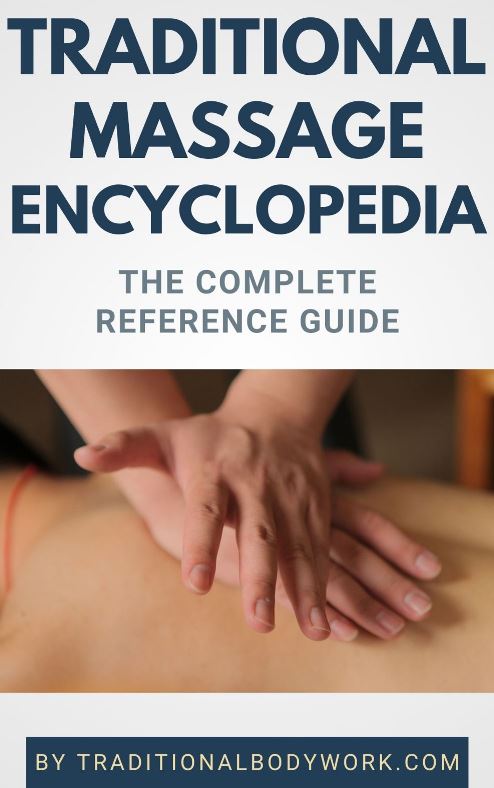
We may see that certain body parts have different lengths than others, such as the left leg of the receiver which may be shorter than the right leg (or the other way around, of course), or a foot being significantly larger than the other foot, or one arm that’s longer than the other, and so on.
To give an example of what this could imply, let’s take a look at a client having of one leg shorter than the other. Now, typically a person would structurally lean on the shorter leg (if it would be the other way around, the shorter leg would float in the air), which could lead to overuse, stress and tension of the shorter leg, which again can lead to pains (of the shorter leg or hip) or postural issues. It would most likely also lead to structural weakness of the longer leg.
A simple solution here could be that the client starts wearing custom-made shoe-inserts that correct the difference in length of the legs, as such also creating balance between the use of the right and left side of the body. Additionally, the client could engage in massage, bodywork, or exercises that re-strengthen the weaker right side of the body and relax the shorter leg.
Discerning Differences in Muscle Development

Another observation may be that certain muscles on either the left or right side of the body are differently developed. Over-development or under-development of muscles can have many reasons (pains on one side of the body with subsequent compensation by the other side, a structural disability, a habit, a certain type of work or sports activity, to give some examples).
It could be useful to talk this issue over with client to see what exactly the underlying cause is, and if there’s something that can or needs to be done about it. Sometimes, the client just needs to adapt their working position at their job, or use both sides of the body when doing certain things (such as carrying the groceries or carrying their baby using both arms, and not always with the right arm, for instance).
In any case, over-development of muscles compared to the same type of muscles on the opposite side often leads to tension, tightness, rigidity and/or pains of the over-developed side (and weakness and more risk of injury of the under-developed side). Apart from the more structural adaptions such as just mentioned, massage therapy, bodywork or self-help exercises may come of help to alleviate the symptoms and to bring about more symmetry between the left and right side muscles.





